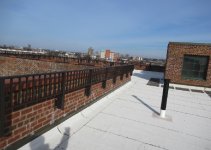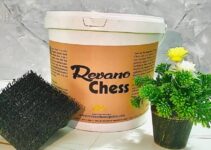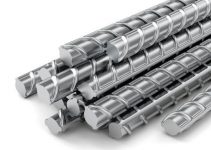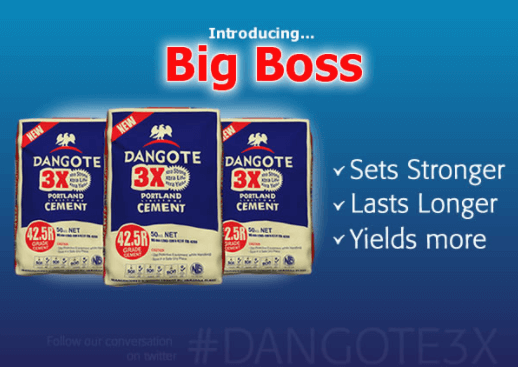Painting walls is fun, especially if you find it a hobby, and know what you are doing. The process can also be quite tasking as you have to choose colours, and find the right materials. One material that is used for painting that most people don’t know much about is primers.
Primers are quite useful when painting walls, but you must know when to use them. What are the latest primer prices in Nigeria? This post will answer this question and provide you with the necessary information about primers.
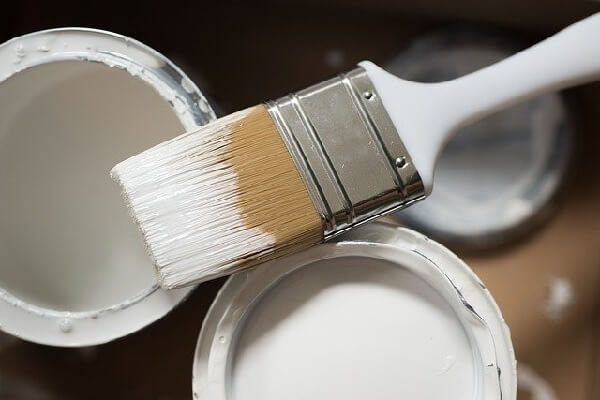
Primer Prices in Nigeria
A primer helps to provide an even and smooth wall surface for the paint to cover easily. When you apply primer before painting a wall, it makes the paint coating adhere better to the wall. This way, you ensure the longevity and durability of the paint over the wall.
Primers are becoming more and more popular in this part of the world. However, before you go out to pick up one for your next paint job, you should survey the market for prices. This information guides you into choosing the perfect primer that you can afford.
Market surveys are never fun because of the stress involved. We understand this so we have done the hard work on your behalf. Check the list below for the latest primer prices in Nigeria.
- Alkali Resisting Primer (4 liters): From N11,610
- Alkyd Zinc Chromate Primer 1180 – Yellow (4 liters): From N9,649
- Cellulose Primer White (4 liters): From N13,567
- High Build Alkyd Phosphate Primer (4 liters): From N12,312
- Luxol Undercoat White (4 liters): From N10,664
- Red Oxide Metal Primer (4 liters): From N9,835
PRICES LAST UPDATED: OCTOBER 21, 2022.
Kindly note that you may experience price variations depending on your current location and where you buy the primer from. Also, these prices may fluctuate from time to time. We will keep checking for the latest prices and update this post accordingly.
Types of Primers
Several types of primers exist, with the most common being:
- Shellac primer.
- Latex primer.
- Oil-based primer.
You should choose the type you will work with based on the kind of wall you want to paint and your current needs. Also, you should note that exterior wall primers are different from interior wall primers. Check the labels or speak to the vendor to find out before the purchase.
Oil-based primer
This is arguably the most common type of primer. You can use it for several types of surfaces, whether interior or exterior. The primers in this category are perfect for covering stains on walls so that they don’t make your paint coat look ugly. One of the biggest drawbacks of oil-based primers is that it takes a long while, at least 24 hours, for oil-based primers to dry. This means that using this type of primer slows you down.
Latex primer
This type of primer is water-based and is perfect for wooden surfaces. You can also use latex primers for metal, dry walls, and masonry to mention a few. While they are not as cool as oil-based primers, they have a major advantage, they dry faster. Latex primers take just about four hours to dry completely so they are perfect when you are in a rush.
Shellac primer
While latex primers dry quickly, shellac primers have the fastest drying time. This type of primer mixes the benefits of both latex and oil-based primers. It dries quickly and also possesses very strong stain-covering capabilities. Where there is a slight issue is that you can only use shellac primers with latex or oil paints.
Benefits of Primers
From our discussion so far, you will agree that primers help to solve a lot of problems while painting. Even though many people still skip the use of primers, we suggest that you don’t. here are a few reasons why:
- Wall primers cover gaps in the walls and smoothen the surfaces before painting. They also act as a barrier between the paint and the porous surface to reduce the amount of paint you use.
- Wall primers help to neutralize the wall’s base color so that you don’t apply several coats of paint when painting.
- Moisture-repellant primers help to seal wall surfaces in areas of high humidity to reduce wall dampness. It also protects the wall from damage and the growth of fungus and moss that may result from dampness.
